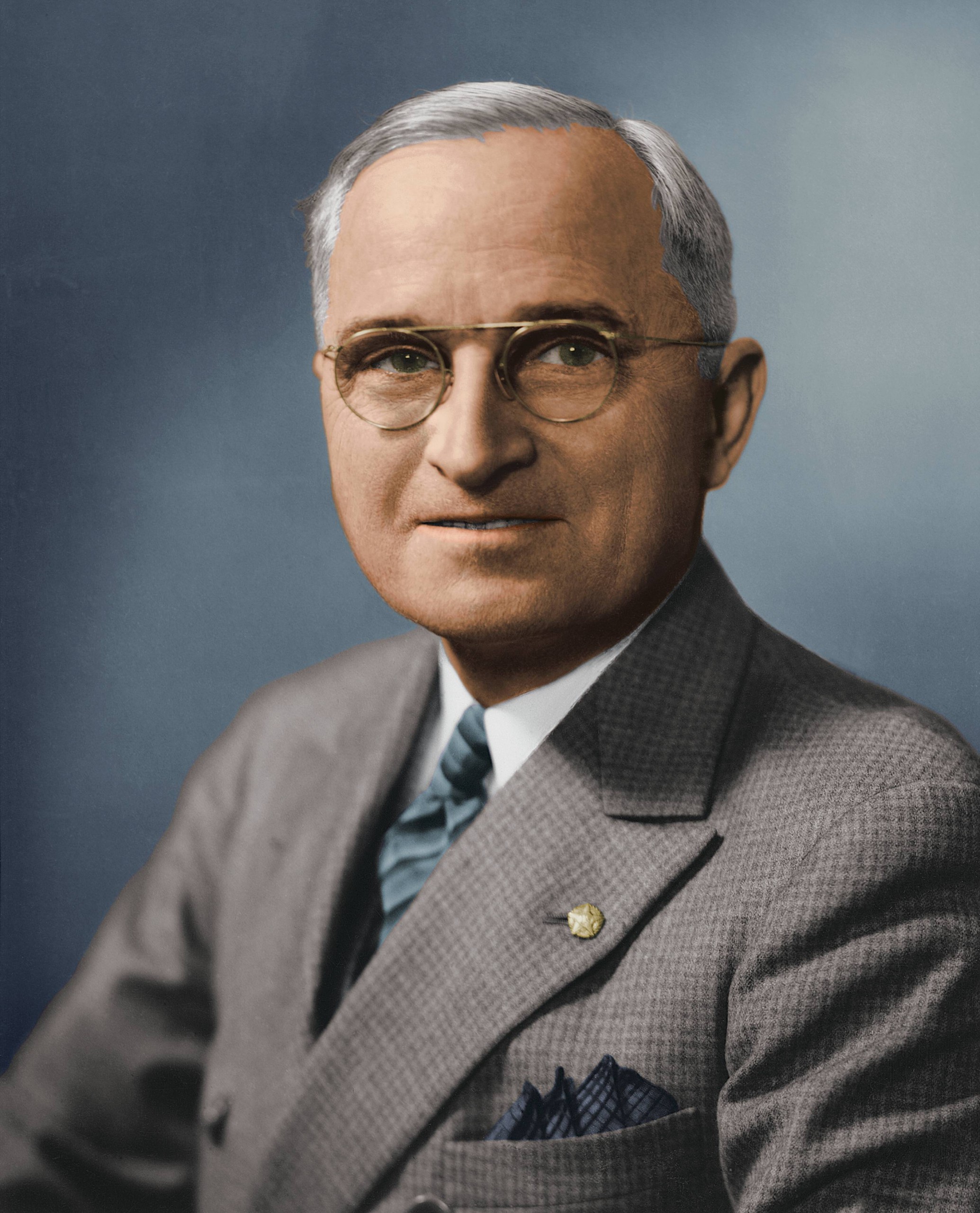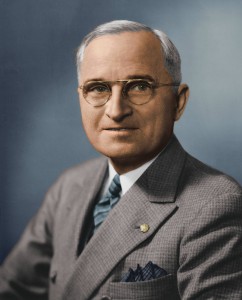The article below originally composed on Kavehfarrokh.com on August 17, 2010, has been re-posted on February 14, 2017 due to the contemporary state of tumultuous international politics at the time of writing. This posting endeavors to highlight the 2500 year-old legacy of Cyrus the Great, founder of the Achaemenid Empire. Cyrus the Great built bridges between peoples and languages, endorsed cultural diversity and valued religious freedom. This resulted in the creation of the world’s first multi-lingual and multi-cultural empire. It is a remarkable fact that the founding fathers of the American Republic in 1776, who would write the US Constitution as we know it today, were fully cognizant of Cyrus’ legacy of benevolent governance 2500 years past. These lessons of history highlight the need to construct bonds of understanding between peoples, cultures and religions.
================================================================================
Cyrus II the Great (c. 590-530 BC) was the Achaemenid King of ancient Iran who liberated the Jews from their 70-year captivity after he overthrew the Babylonian Empire in 539 B.C. Cyrus ensured that the Jews would be able to return to Jerusalem.
Cyrus subsidized the Jewish revival at Jerusalem from state funds, a process that continued through his Achaemenid successors. The Jerusalem Temple and city walls were rebuilt.
With the fall of the Achaemenids in 333-323 BC came over 2500 years of sufferring for the Jews. Throughout their trials and tribulations in history, Jews have always looked to Cyrus as the symbol of the righteous gentile ruler who was also their saviour. Cyrus’ legacy would be evoked by name in the twentieth century, shortly after the Second Workd War.
Just months after he left the office of the President of the United States in November 1953, Harry S. Truman made made a remarkable statement to a number of Jewish dignitaries in New York’s Jewish Theological Seminary. Truman’s long-time associate, Eddie Jacobson, introduced Truman to the jewish dignataries stating “This is the man who helped create the State of Israel” .”Truman then exclaimed:
“What do you mean, ‘helped to create’? I am Cyrus. I am Cyrus“. Links: http://www.christianitytoday.com/ch/2008/issue99/7.30.html, http://www.hyperhistory.net/apwh/bios/b4trumanharry.htm#end4
Harry S. Truman (1884-1972) who was President of the United States in 1945-1953. Not only did he acknowledge the legacy of Cyrus the Great in liberating the Jews from their Babylonian captivity, he also stood up against Soviet dictator Joseph Stalin, who tried to absorb Iran’s Azarbaijan province into the Soviet Union.
The following quotes from the 2nd Isaiah (also known as the Deutero-Isaiah) clealry shows how the Jews regard Cyrus (note the consistency with chapters 40-55 of the book of Isaiah). Below are a few quotes:
‘I am the Lord, who makes all things, Who stretches out the heavens all alone, Who spreads abroad the earth by Myself; (44.25)…Who says of Cyrus, “He is My shepherd, And he shall perform all My pleasure, saying to Jerusalem, ‘You shall be built,’ and to the temple, ‘Your foundation shall be laid…(45.1) Thus says the Lord to His anointed
[Messiah] to Cyrus -whose right hand I have held…(45.2)…For Jacob My servant’s sake, and Israel My elect, I have even called you by your name; I have named you, though you have not known Me.
The West Wall in Jerusalem. After his conquest of Babylon, Cyrus allowed the Jewish captives to return to Israel and rebuild the Hebrew temple. It is believed that approximately 40,000 did permanently return to Israel. President Truman in his support for the Jews in the twentieth century, evoked the name of Cyrus.
The following quotes are from the Book of Ezra which discuss the Cyrus’ decree supporting the Jews to rebuild their temple:
(1.1) In the first year of Cyrus king of Persia, in order to fulfill the word of the Lord spoken by Jeremiah, the Lord moved the heart of Cyrus king of Persia to make a proclamation throughout his realm and put it in writing:
(1.2) ‘This is what Cyrus king of Persia says: The Lord, the God of Heaven, has given me all the kingdoms of the earth and has appointed me to build a temple for him at Jerusalem in Judah. (1.3) Anyone of his people among you – may his God be with him, and let him go up to Jerusalem in Judah and build the temple of the Lord, the God of Israel, the God who is in Jerusalem. (1.4) … provide them with silver and gold, with goods and livestock, and with freewill offerings for the temple of God in Jerusalem.’
The Greeks, including Alexander (356-323 BC), were very favorable in their citations of Cyrus the Great. The Greeks in fact had written a complete Encyclopedia of Cyrus known as the Cyropedia of Xenophon.
Xenophon (431-355 BC) wrote a compendium of Cyrus, known as the Cyropedia. The Cyropaedia has been consulted as a standard reference of just statesmanship by a number of prominent western leaders in history.
Cyrus also ordered that sacred objects forcibly taken from the Jerusalem Temple to be handed back to the Jews:
(1.5) Then the family heads of Judah and Benjamin, and the priests and Levites -everyone whose heart God had moved- prepared to go up and build the house of the Lord in Jerusalem. … (1.7) Moreover, king Cyrus brought out the articles belonging to the temple of the Lord, which Nebuchadnezzar had carried away from Jerusalem and had placed in the temple of his god [i.e., Marduk]. (1.8) Cyrus king of Persia had them brought by Mithradates the treasurer, who counted them out to Sheshbazzar the prince of Judah.
The Cyropedia has also endured the test of time and is with us to this day. It was certainly known to the Romans who respected it, including Scipio Africanus (236-183 BC) who always had a copy of the Cyropedia (consult the introduction of Cawkwell, G. L., The Persian Expedition, Penguin Classics, 1972 ) and even history’s most famous Roman, Julius Caesar (100-44 BC).
Many European thinkers, centuries after the fall of Rome, consulted the Cyropedia. One example being the British empiricist philosopher John Locke (1632-1704). Locke who studied the Cyropaedia, had many parallels between his enlightenment philosophies and elements Zoroastrian philosophy.
The Cyropaedia was also known and referenced by the founding fathers of the United States. One example of this is President Thomas Jefferson (1743-1826) who possessed two personal copies of the Cyropedia.
President Thomas Jefferson of the United States of America. Like many of the founding fathers and those who wrote the US Constitution, President Jefferson regularly consulted the Cyropedia – an encyclopedia written by the ancient Greeks about Cyrus the Great. The two personal copies of Thomas Jefferson’s Cyropaedia are in the US Library of Congress in Washington DC. Thomas Jefferson’s initials “TJ” are seen clearly engraved at the bottom of each page.
The late Professor A.J. Arberry has summed up the legacy of Cyrus the Great:
“The government [of the Achaemenids] was markedly tolerant, and the religions and customs of the many subject peoples were carefully considered and often fostered in their own countries by the kings…” [A.J. Arberry, The legacy of Persia. Oxford: The Clarendon Press, 1953, p.8].
Cyrus the Great (c. 590-530 BC) as reconstructed by the late Angus McBride and Tim Newark. Cyrus’ legacy has been praised in Judaeo-Christian, Mesopotamian, Greco-Roman and European sources.









